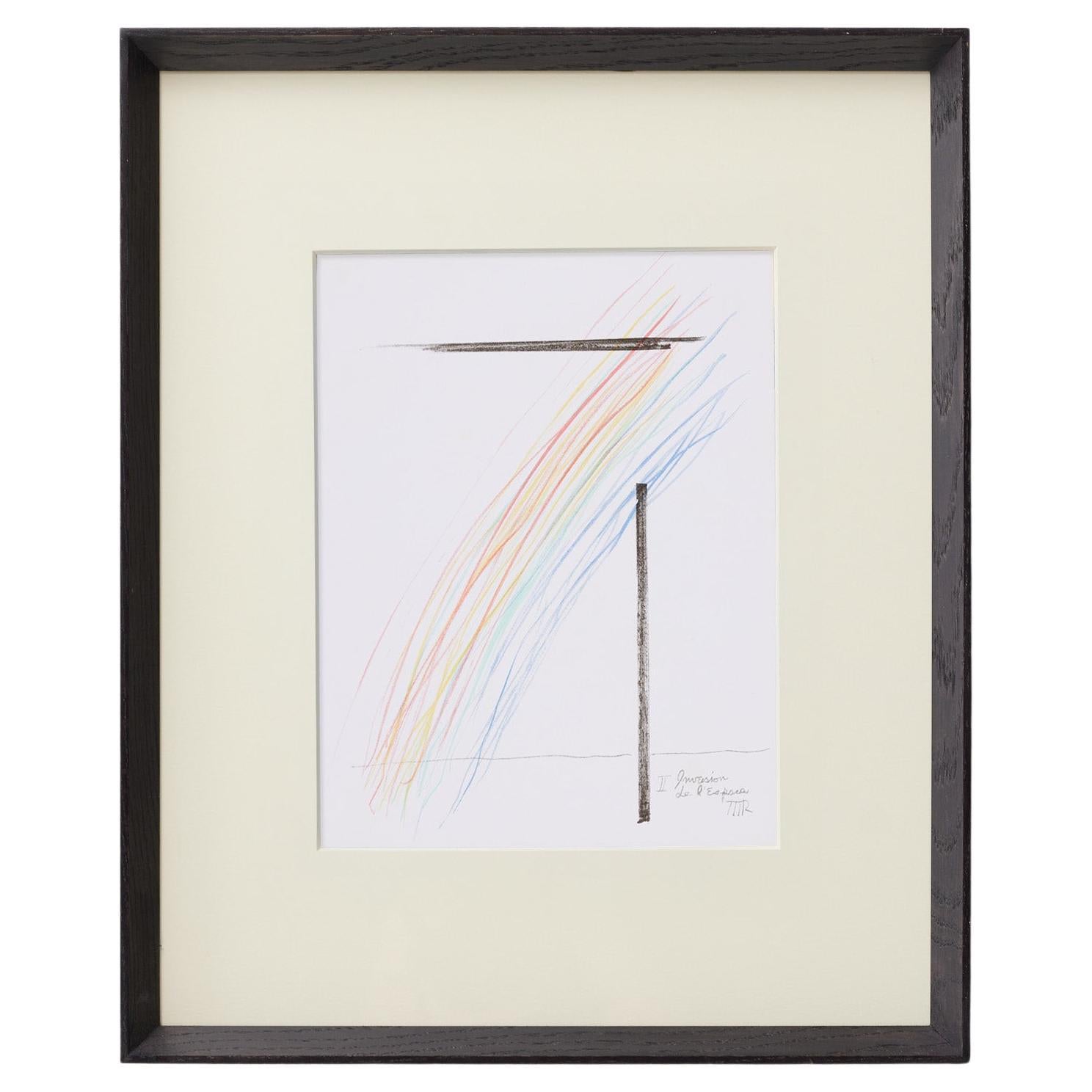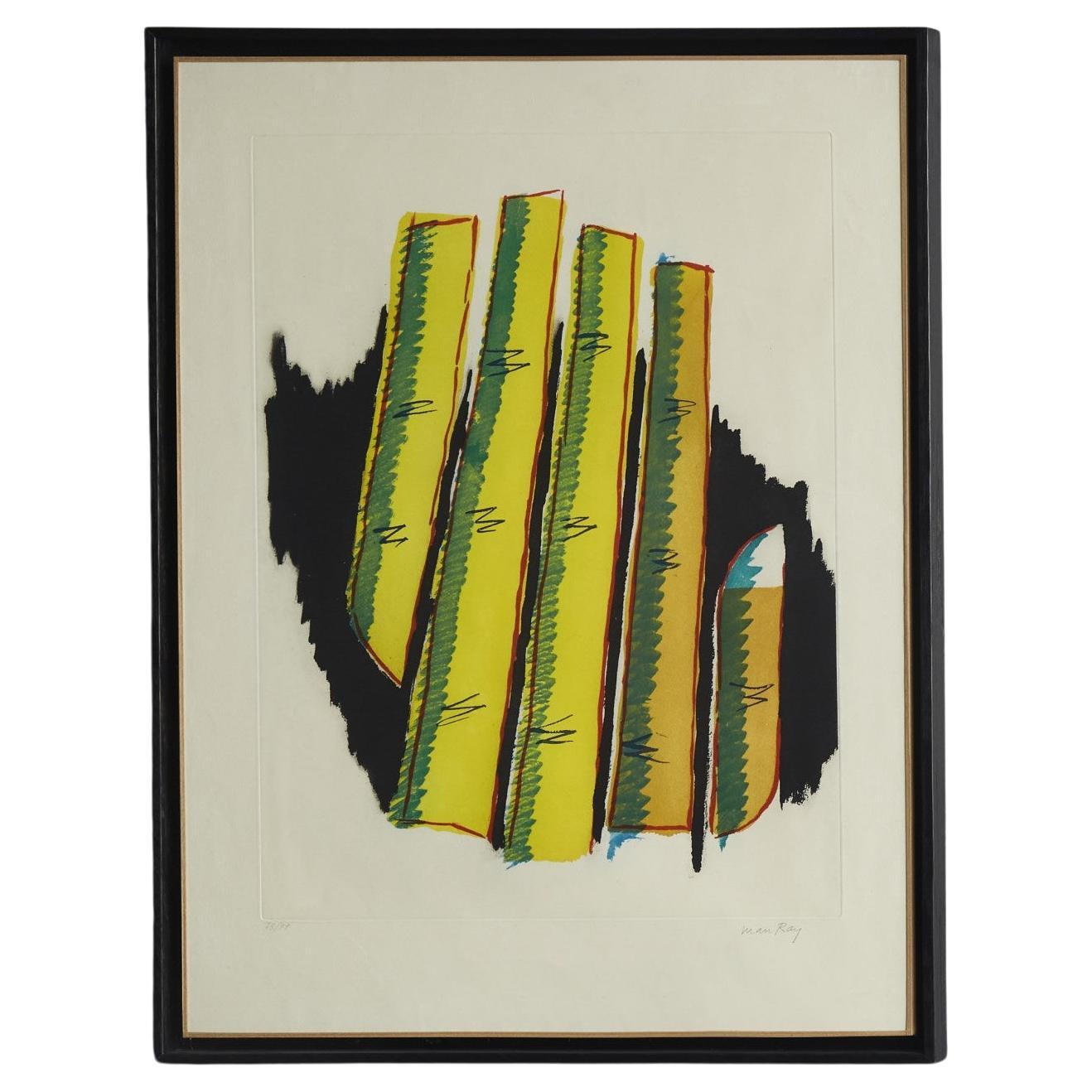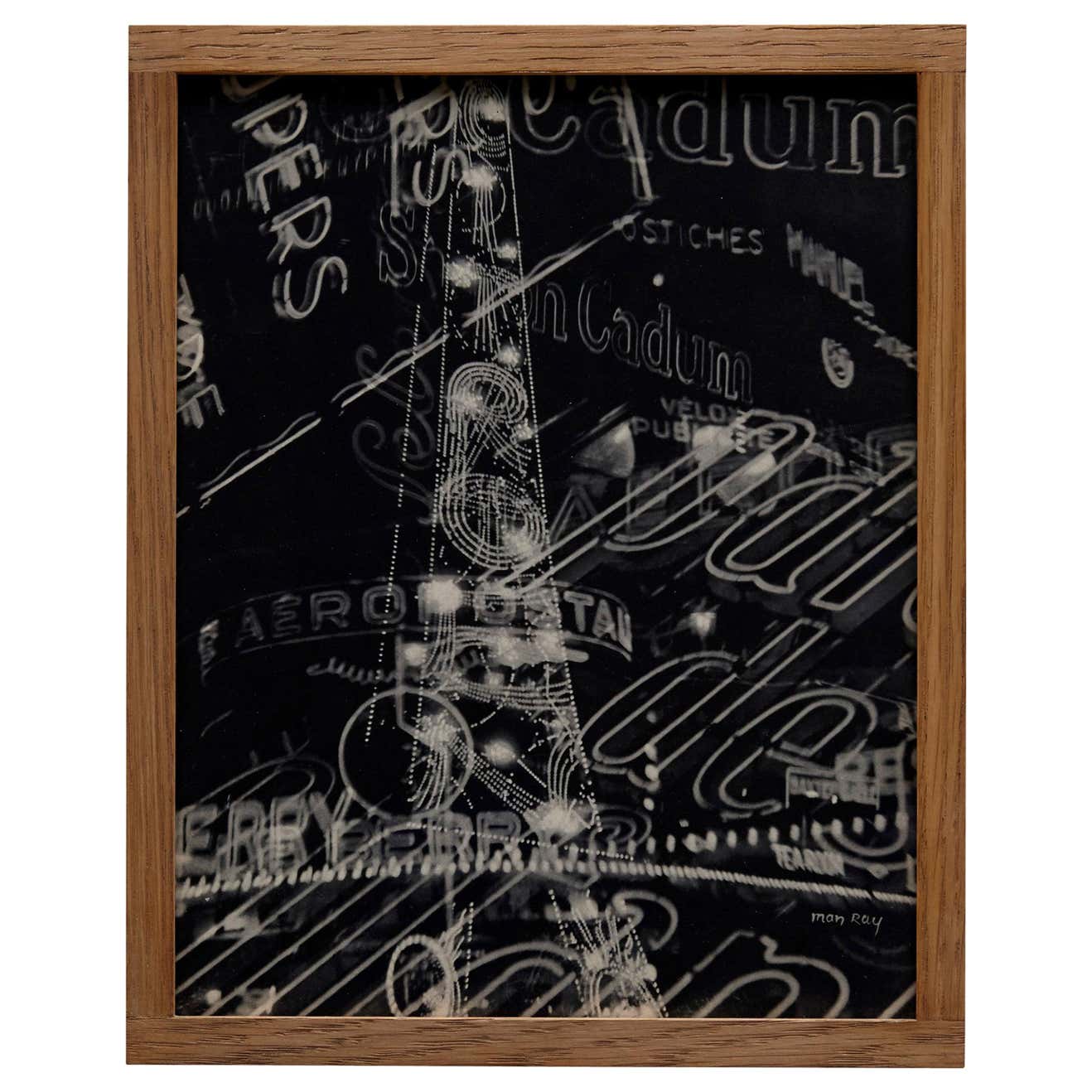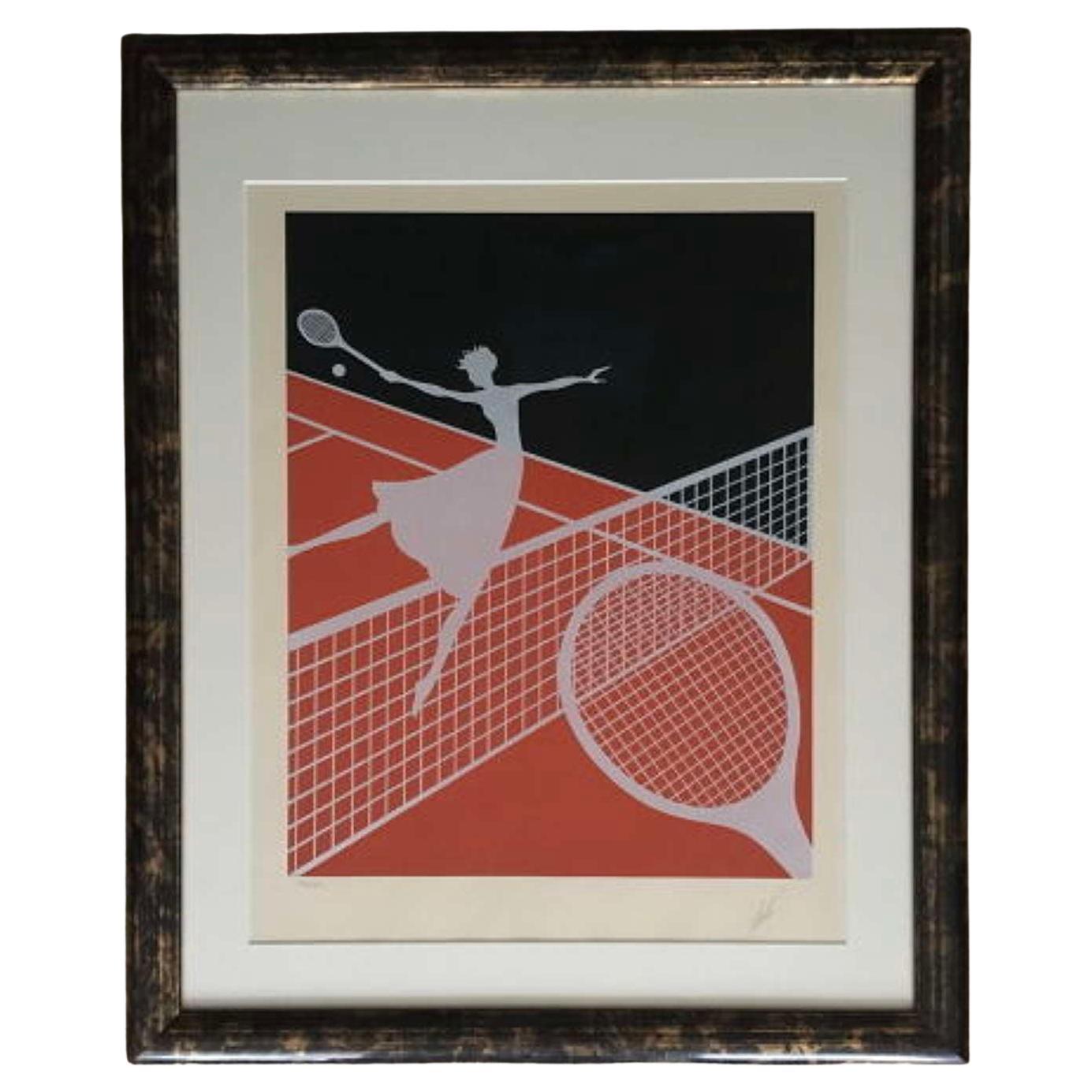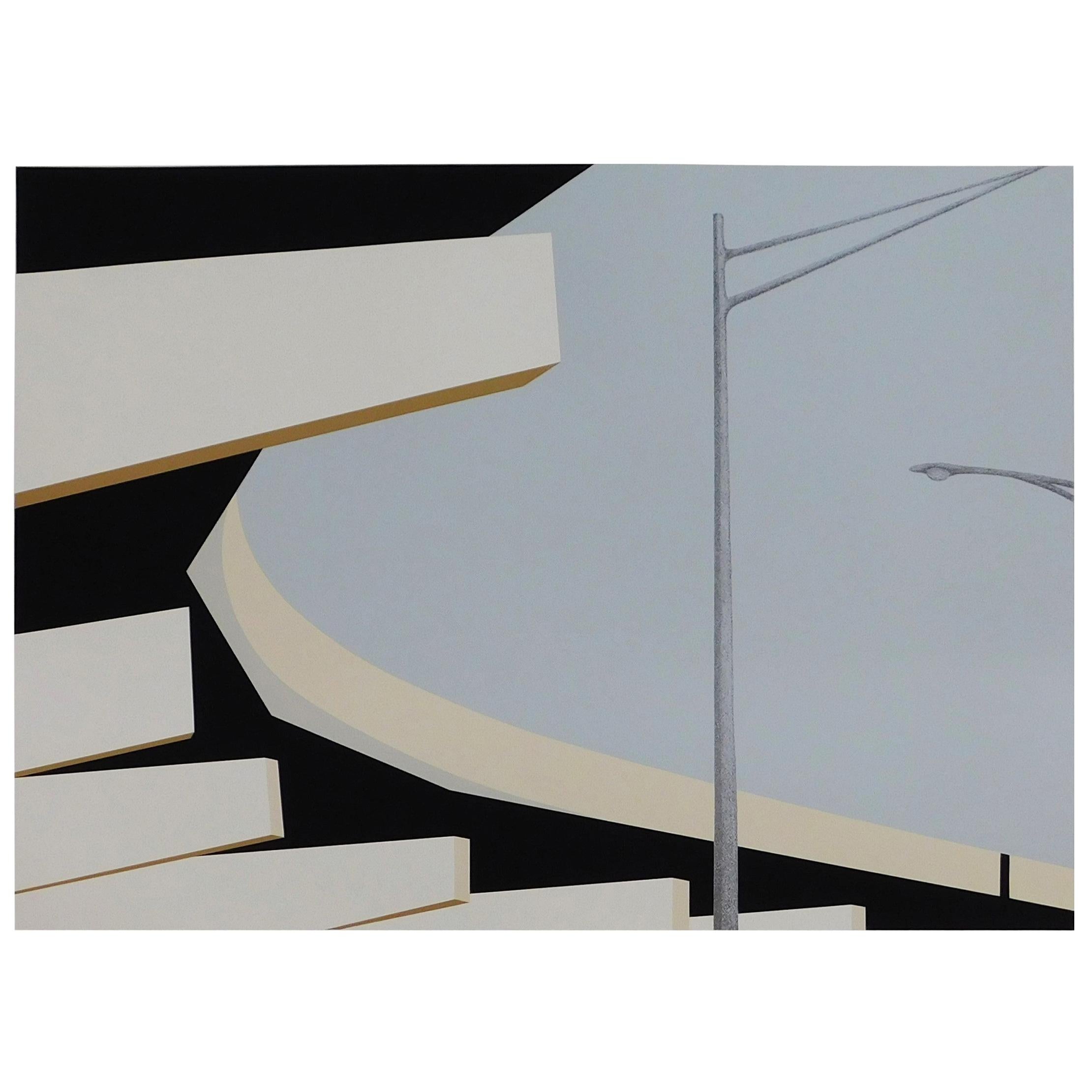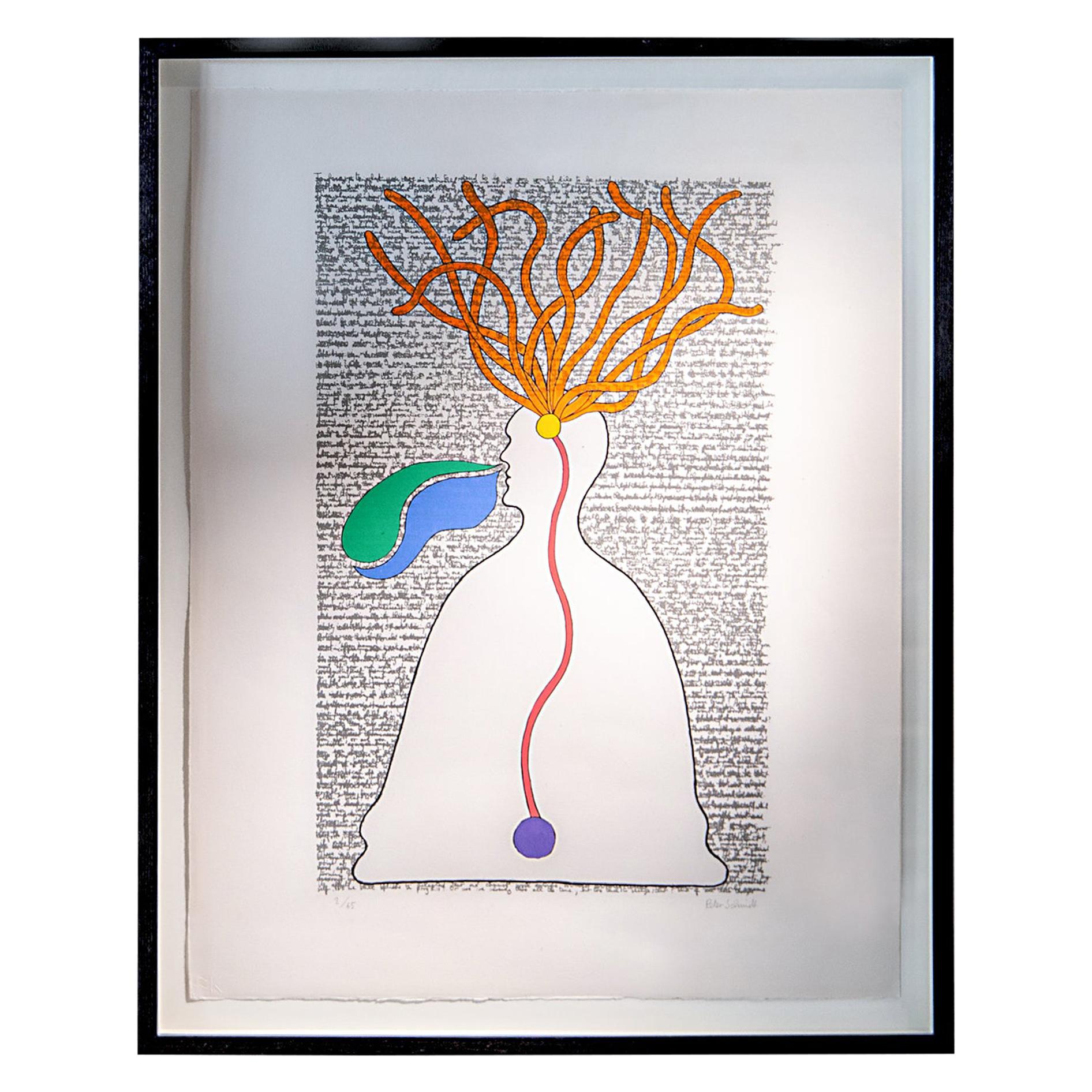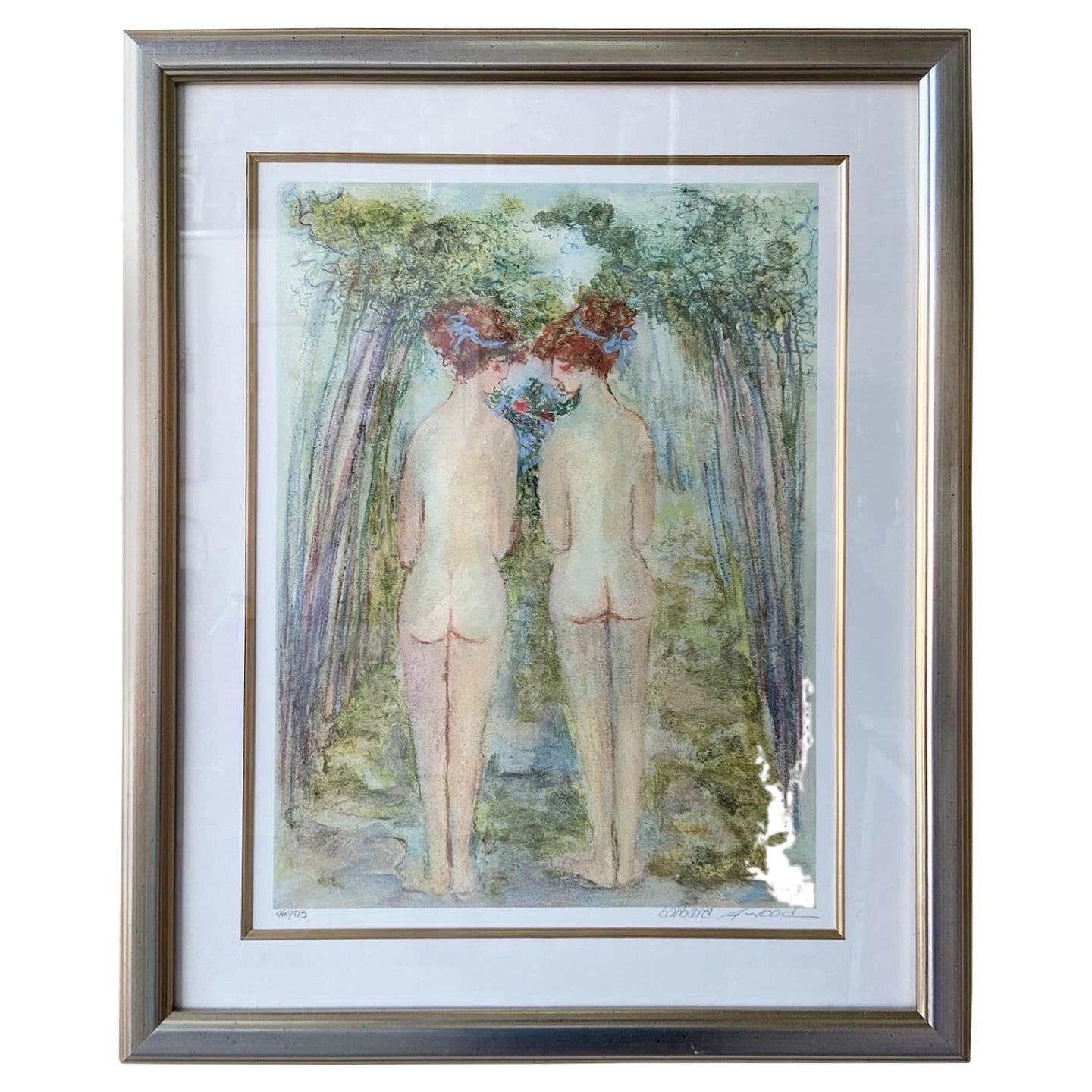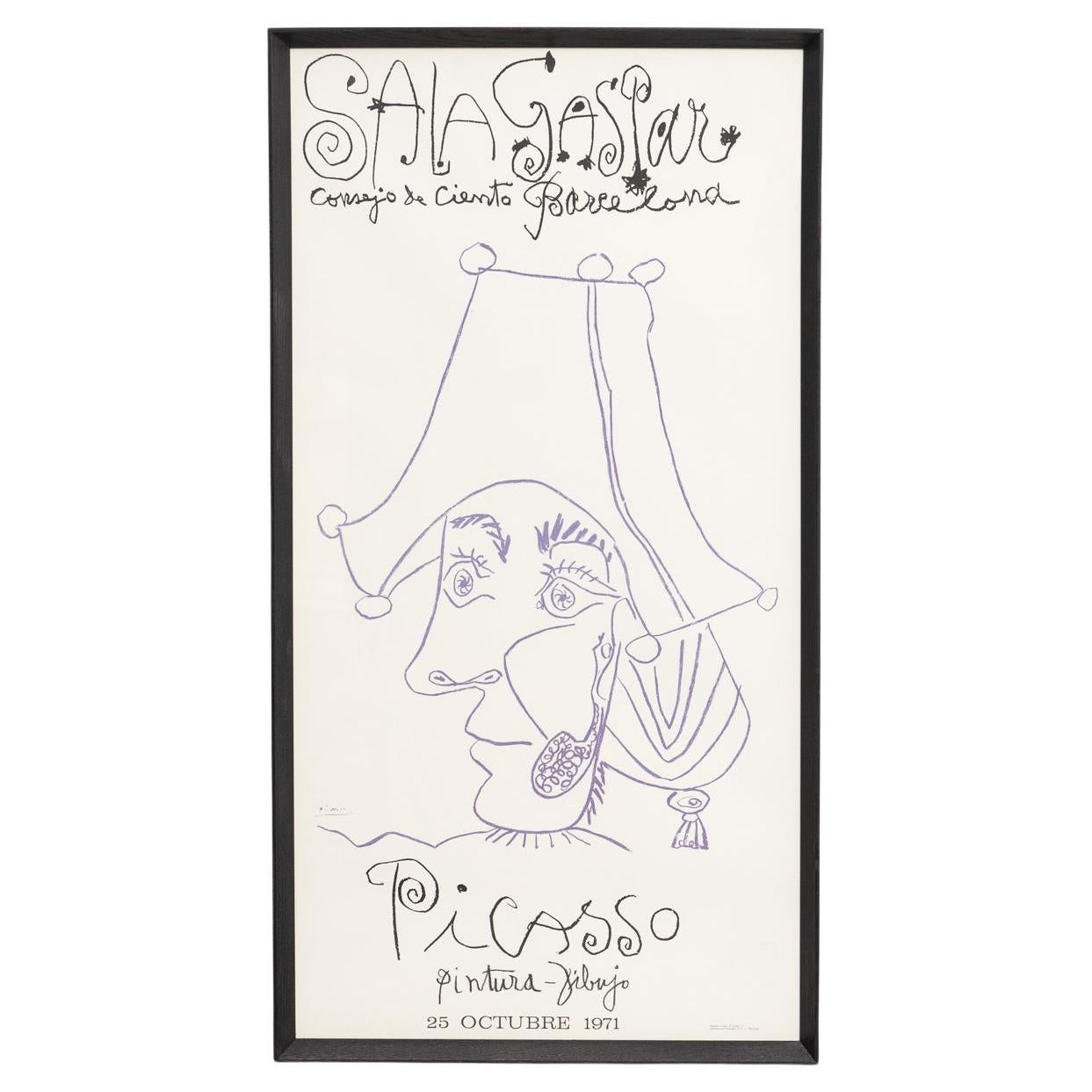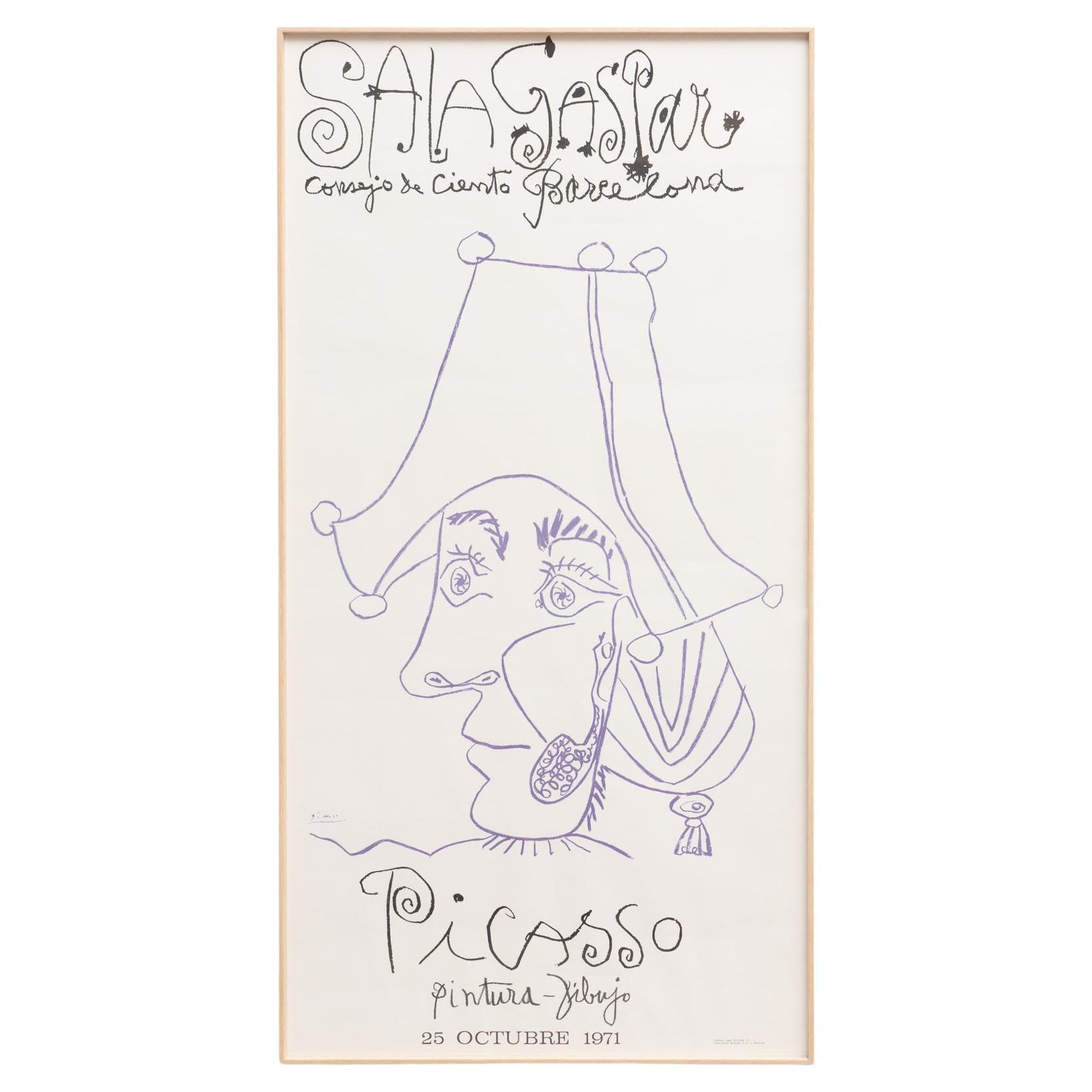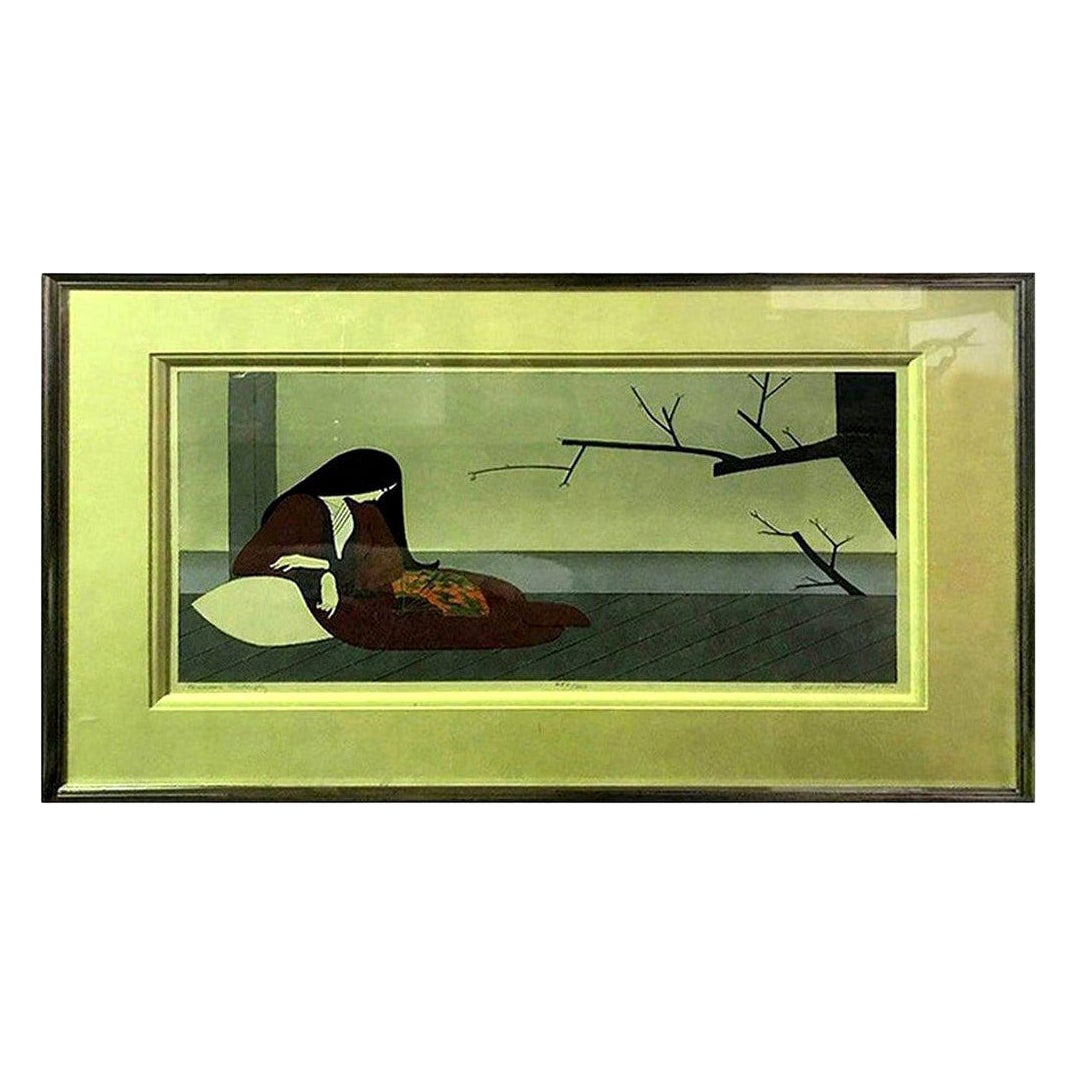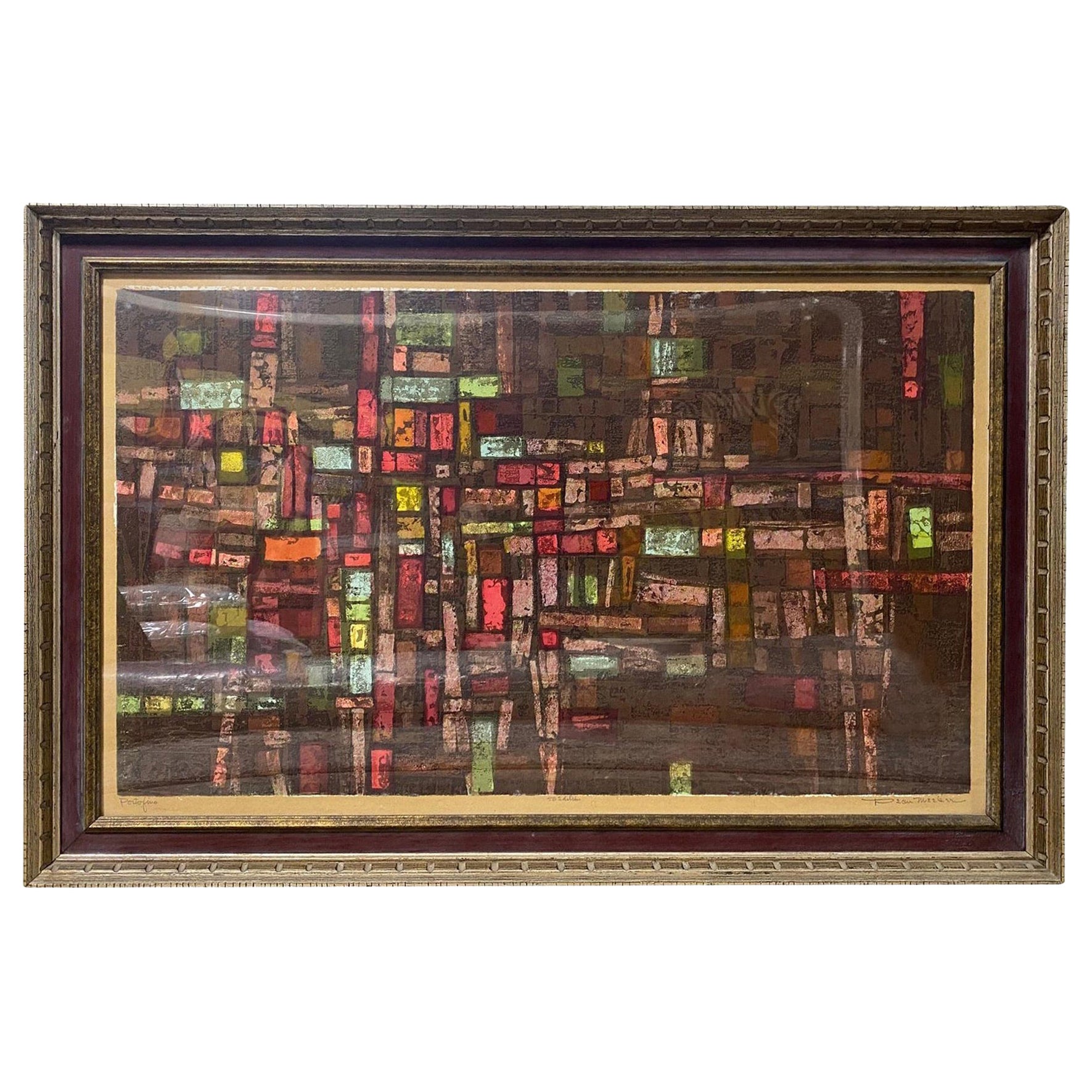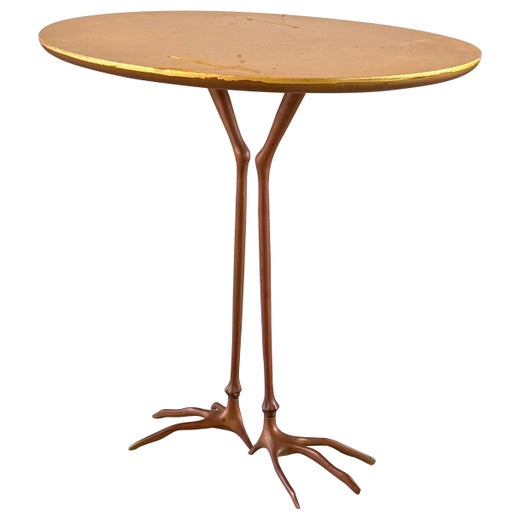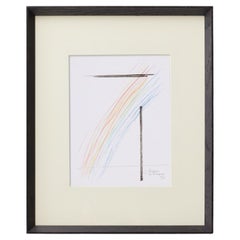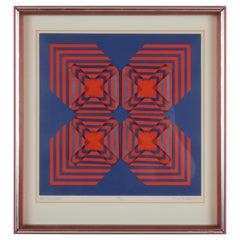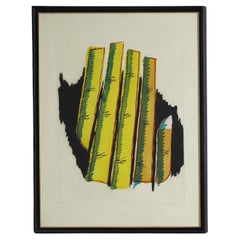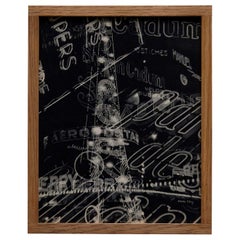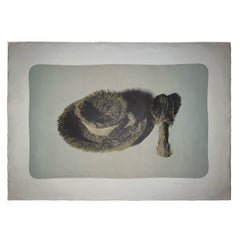
Méret Oppenheim and Man Ray Print Fur Cup Object, 1971, Signed in Pencil
View Similar Items
Méret Oppenheim and Man Ray Print Fur Cup Object, 1971, Signed in Pencil
About the Item
- Creator:Meret Oppenheim (Artist),Man Ray (Artist)
- Dimensions:Height: 20.88 in (53.04 cm)Width: 29.88 in (75.9 cm)Depth: 0.25 in (6.35 mm)
- Materials and Techniques:
- Place of Origin:
- Period:
- Date of Manufacture:1971
- Condition:Wear consistent with age and use. 136/190 Print.
- Seller Location:Brooklyn, NY
- Reference Number:1stDibs: LU7758231608062
Man Ray
Born Emmanuel Radnitzky, Man Ray was a famous American filmmaker, painter and photographer. His career is distinctive, above all, for the success he achieved in both the United States and Europe. First maturing at the center of American modernism in the 1910s, he made Paris his home in the 1920s and 1930s. In the 1940s, he crossed the Atlantic once again and spent periods in New York and Hollywood.
Ray’s art spanned painting, sculpture, film, prints and poetry, and in his long career, he worked in styles influenced by Cubism, Futurism, Dada and Surrealism. He also successfully navigated the worlds of commercial and fine art and came to be a sought-after fashion photographer. Ray is perhaps most remembered for his photographs of the inter-war years, in particular, the camera-less pictures he called "Rayographs," but he always regarded himself first and foremost as a painter. Although he matured as an abstract painter, Ray eventually disregarded the traditional superiority painting held over photography and happily moved between different forms. Dada and Surrealism were important in encouraging this attitude; they also persuaded him that the idea that motivates a work of art was more important than the work of art itself.
André Breton once described Ray as a pre-Surrealist, something which accurately describes his natural affinity for the style. Even before the movement had coalesced, in the mid-1920s, his work, influenced by Marcel Duchamp, had Surrealist undertones. He would continue to draw on the movement's ideas throughout his life. Ray's work has ultimately been very important in popularizing Surrealism.
Find original Man Ray art on 1stDibs.
Meret Oppenheim
Though the fame of the sculptor and painter Meret Oppenheim stems mainly from a single work of art, that one was a doozy. Known as Object, the enduringly disconcerting fur-covered teacup, saucer and spoon that Oppenheim created in 1936 remains the one of the most notorious works to spawn from the Surrealist art movement.
Born in Germany and raised in Basel, Switzerland, Oppenheim was encouraged to pursue art by her maternal grandmother, a writer and illustrator. Oppenheim moved to Paris to attend art school in 1932. There, she met the sculptor (and fellow Swiss native) Alberto Giacometti, who introduced her to Man Ray, Max Ernst and André Breton, the founder of the Surrealist movement. Within a year, Oppenheim was exhibiting her paintings with the Surrealists, the first female artist to do so.
Object, the story goes, was born of a lunchtime chat that Oppenheim had with Pablo Picasso and his muse, artist Dora Maar, one afternoon in 1936. The Spanish-born artist admired an unusual fur-lined bracelet that Oppenheim wore, and she replied that anything could be covered fur, “even this cup and saucer!” Her imagination fired, Oppenheim bought some china and a swatch of Chinese gazelle fur. When it was exhibited in New York, Object was purchased by the Museum of Modern Art — the first work of art by a woman acquired by the institution.
Another Oppenheim piece has become an icon of the art-as-design genre, a category that has currency among art collectors: the Traccia table, a side table with a gold- or silver-leafed wooden top, incised with the shapes of two bird-claw impressions, and a cast-bronze base in the form of stork legs. The Traccia — from the Italian for “track,” as in animal track — was created for the 1939 opening of art dealer Leo Castelli’s first gallery, on the Place Vendôme in Paris. The maker Simon International began producing versions of the Traccia in 1970, and the piece is now made by Cassina. Examples are typically priced between $6,300 and $8,500, depending on condition. As striking and amusing today as when it first appeared, the Traccia is an always-suave addition to a modern art and design collection and a tribute to the humor and ingenuity of a groundbreaking 20th-century artist.
Find original Meret Oppenheim art and furniture on 1stDibs.
You May Also Like
Vintage 1960s French Mid-Century Modern Prints
Wood, Paper
Vintage 1970s American Mid-Century Modern Prints
Glass, Wood, Paper
Vintage 1950s French Mid-Century Modern Contemporary Art
Wood, Paper
Vintage 1930s French Mid-Century Modern Prints
Paper
Late 20th Century American Modern Prints
Paper
Vintage 1970s American Prints
Paper
